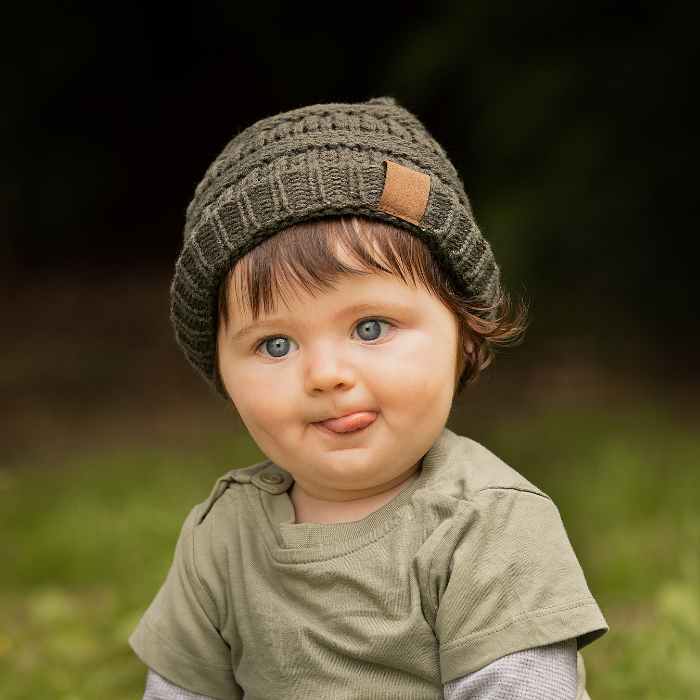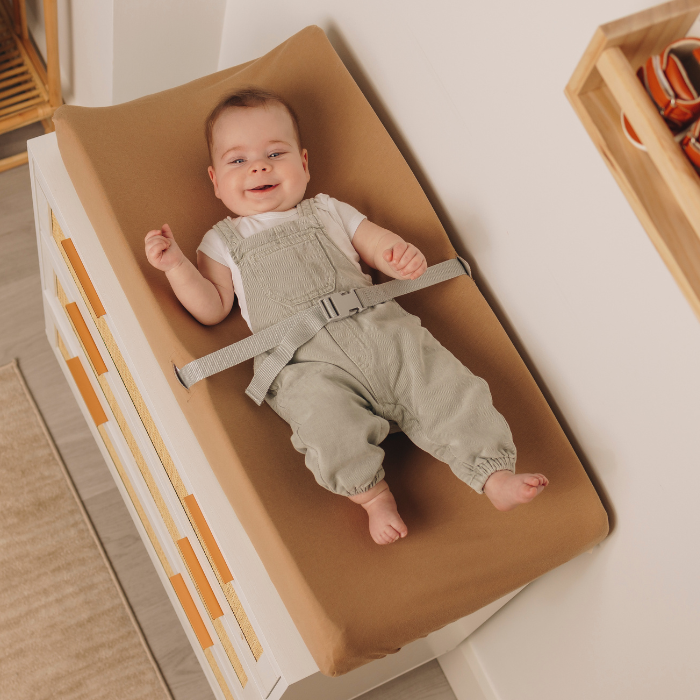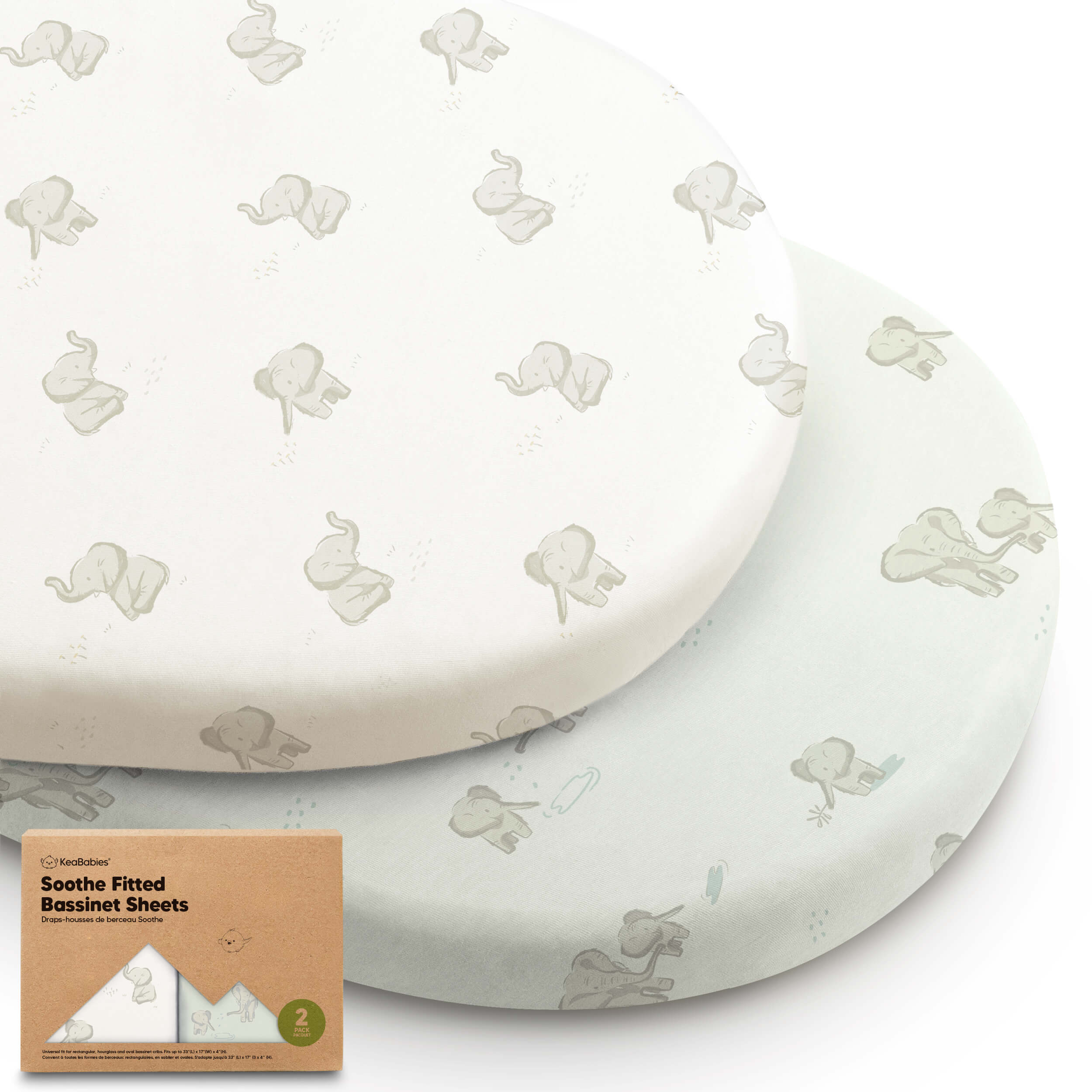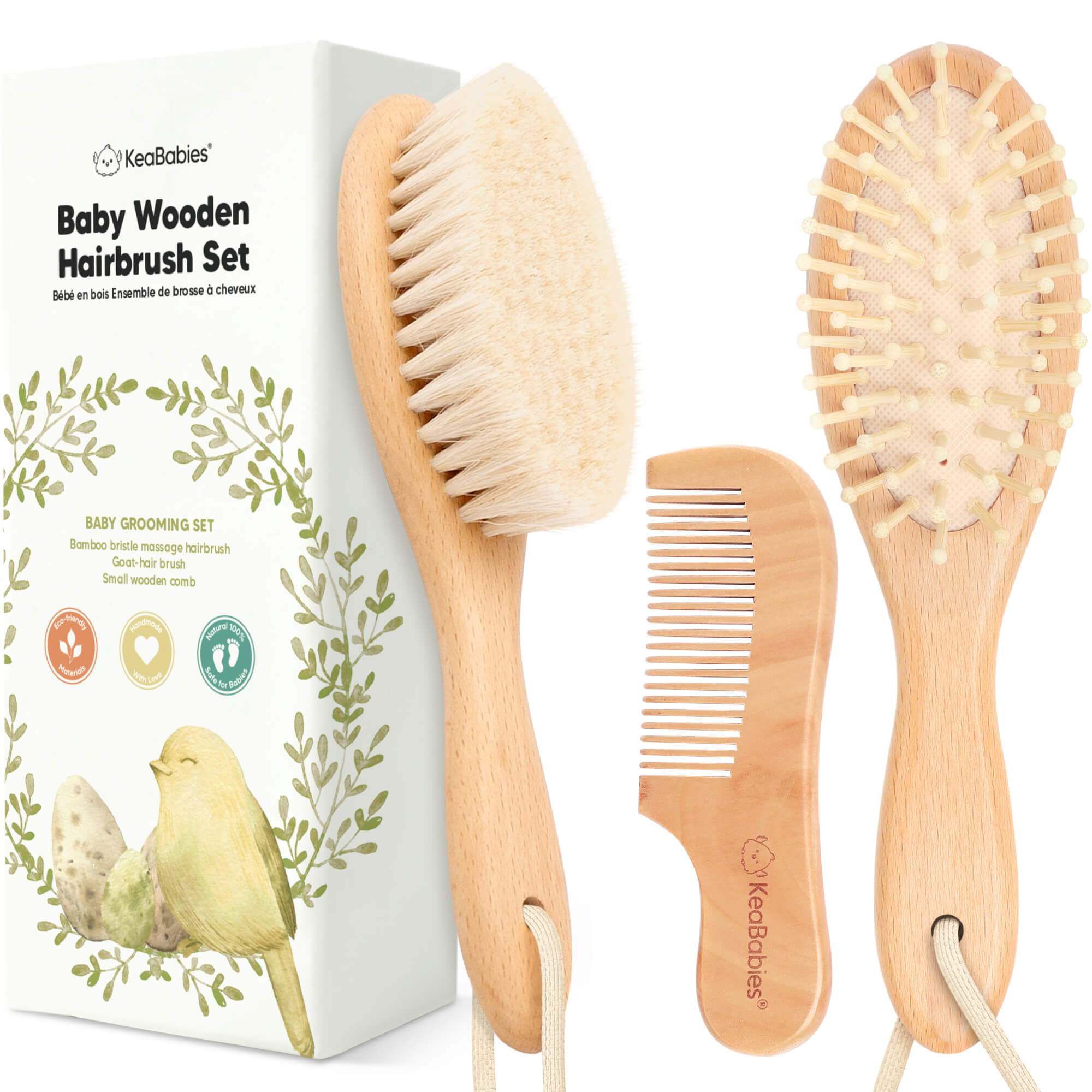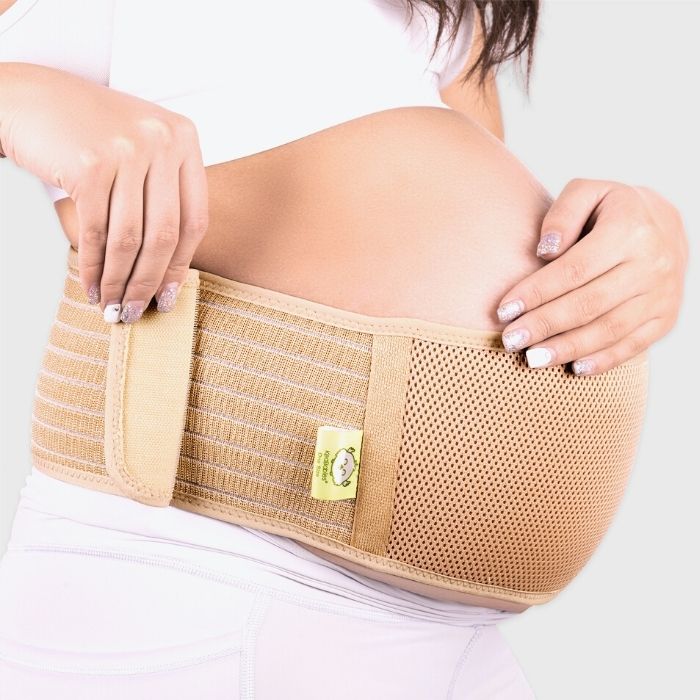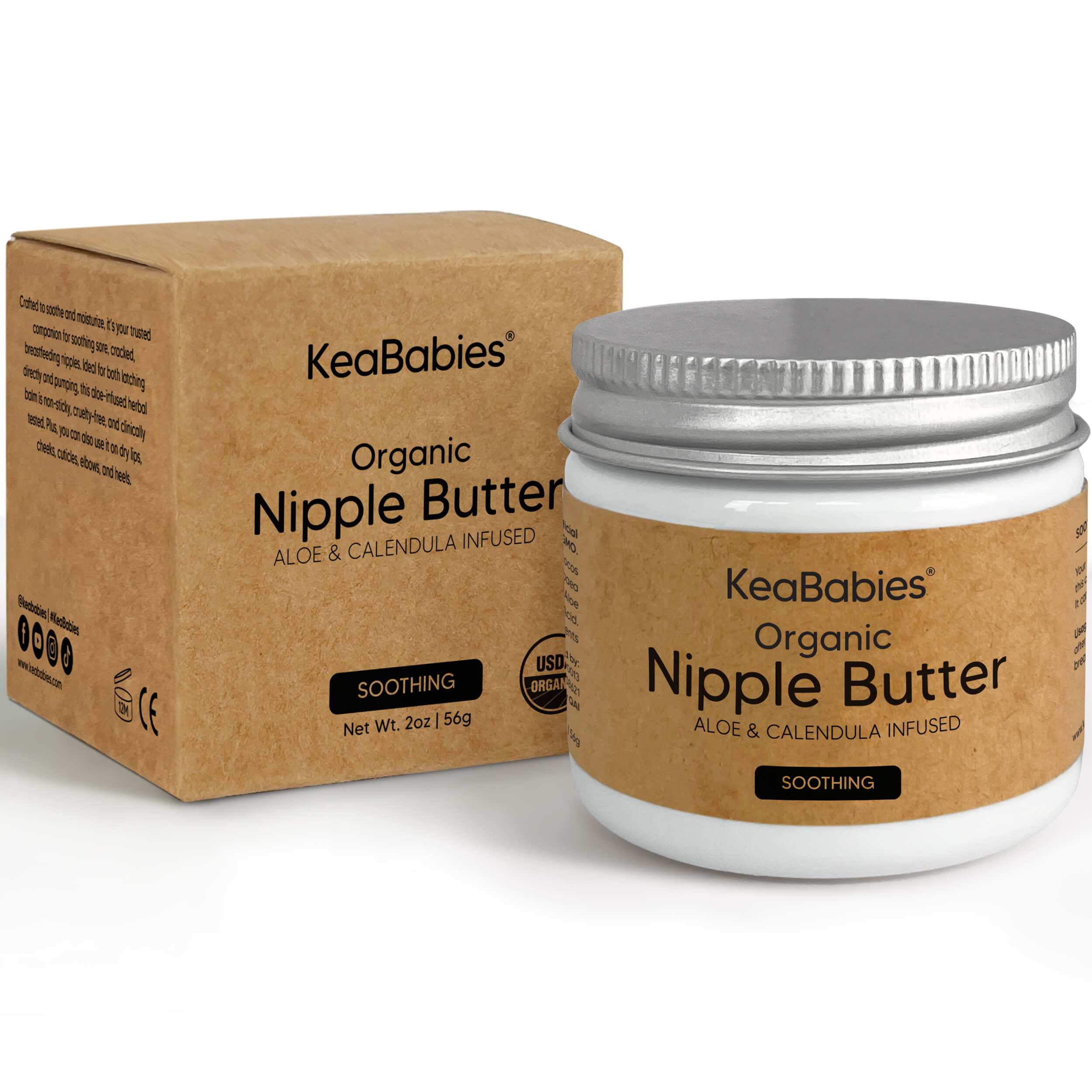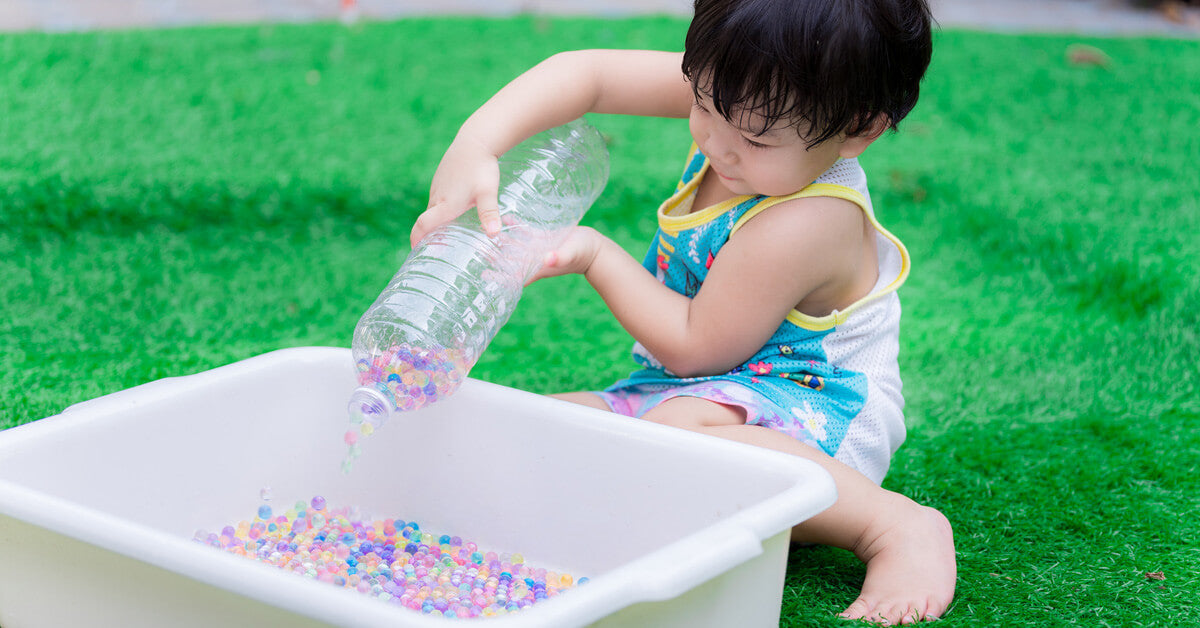
A Warning For Parents Regarding Water Beads
You've probably seen these brightly colored sensory beads on the shelves of toy stores, but are water beads toxic for children?
Are water beads toxic? Are they a safe sensory play activity for kids?
For many parents, water beads may seem like educational, colorful, fun sensory tools that help young children explore their bodies and different textures, and learn about how water can cause things to expand over time. However, recent reports are showing that water beads may be far more dangerous than most parents realize.
What are water beads?
Many parents might wonder: if they're seen on toy shelves, are water beads toxic for kids?
Water beads are super absorbent polymer crystals. Because a water bead can absorb liquid so well, they are useful for keeping plants fresh. The beads start tiny and quickly grow and expand to become large gel beads.
Water beads help maintain soil moisture by absorbing and releasing water. However, in recent years they have become marketed as sensory toys for kids - but the truth is, water beads kill.
Although water beads aid in soil moisture and agricultural products, they can be extremely dangerous for small children. All parents should be aware of the danger of water bead ingestion.
What are water beads made out of that makes them dangerous?
Water beads are constructed from highly absorbent polymers that can be synthetic or natural. Most polymers are made from petroleum products, polyacrylate, or acrylics. They undergo chemical reactions to form polymers that can absorb large amounts of liquid, without dissolving into the water.
How do water beads work?
Water beads contain super absorbent polymer crystals. They can retain hundreds of times their weight in water within the bead, without dissolving and falling apart. This means water beads can start tiny, and expand exponentially after being soaked in water.
Some water beads start as tiny as the end of a pin, and expand to become the size of a marble. Other water beads start as a marble size, and expand to become about the size of a tennis ball!
They are often used as vase fillers and for decorative purposes. These superabsorbent polymers have been used in baby diapers and menstrual pads.
The dangers of water beads, explained:
Water beads can cause bowel obstructions. They are tiny, super-absorbent pellets of gel that expand within an environment to become a large, slippery, squishy ball when they absorb water. Despite warnings, water beads are often sold as toys and sensory activities for kids, but consumer advocates are beginning to urge families to be on alert as these “toys” are toxic for children. Water beads can cause bowel blockage and become deadly, no matter how closely parents supervise their kids.
Children can easily ingest the beads, which become a choking hazard or cause intestinal blockage as they quickly absorb water from the body and expand within the body. Kids can stuff water beads into their noses and ears, which can also cause pain and damage as the gel expands. Water beads can even end up in children's lungs.
Water beads look like exciting toys for young children, but they are a dangerous product.
From afar, water beads don’t look like a threat. They are colorful and tiny, like little sprinkles. However, they quickly grow and expand. Packages of water beads contain thousands of these brightly colored tiny beads, which expand as they absorb fluid. Sadly, at least one toddler’s death has been related to a water bead injury.
The CPSC notes that thousands of water bead injuries are treated in U.S. emergency rooms every year. Some consumer groups have demanded that water beads stop being marketed towards kids. Families should not buy water beads if there are children (especially babies and toddlers) or cognitively impaired adults in the household.
These beads aren’t worth risking a child’s life. They were never meant to be sold as toys.
Kids love to put foreign objects where they shouldn't go.
There have been cases where a child has shoved a water bead into their ear or up their nose, which can also be dangerous just like swallowing water beads. If you suspect your little one has swallowed water beads or put them in their nose or ears, call poison control immediately or take them to the nearest emergency room.
It is dangerous if your child swallows water beads, but it can also have negative consequences if a child puts it in their ear and expands in their ear canal.
Water beads can kill children.
Swallowing water beads can cause fatal intestinal blockage. At least one death has been attributed to water bead ingestion. In that case, an infant suffered from an intestinal blockage after he swallowed water beads that were given to him by a neighbor.
Water beads are choking hazards for all children younger than age 3. Because a single water bead can cause such terrible damage, including bowel obstruction and death, they should not be given to small children.
Never leave water beads unsupervised.
Are water beads dangerous to leave out?
Even if you have older children who aren't as much of a risk when it comes to ingested water beads, parents must be aware of water beads being left around the house, with easy access for young children.
These little colorful beads are soft and squishy, and might seem like a food product to toddlers and young kids. They might find the water beads and eat them when parents aren't watching. Swallowed water beads are extremely dangerous for children.
If you have older kids who enjoy playing with water beads as a calming, sensory activity, be sure to store water beads in a sealed container away from small children.
What are signs that a child swallowed water beads?
Signs of a swallowed water bead include: abdominal pain, nausea and vomiting, lethargy, wheezing, drooling, constipation, and refusing to eat. Because swallowing a water bead is extremely dangerous, it is important for parents to seek medical attention right away if they suspect their child has swallowed a water bead.
There are other methods of sensory play for children.
Sensory activities are great for practicing fine motor skills and hand-eye coordination. And thankfully, there are many ways for parents to do safe, age-appropriate sensory play with their kids.
If parents want safer options for sensory play, the opportunities are endless. Rice, beans, pasta, cereal, and peas can be used for sensory bins. Although these can also be a choking hazard, the risk of extreme injury is much less than playing with water beads. Water beads are being marketed as "sensory beads," but the truth is, they are not safe for young children who don't understand their dangers. Always store water beads where young children cannot access them, and clean them properly after an older child has played with them.
If you're looking for fun activity kits or sensory table setups that don't involve water beads, "sensory beads" can be made from dry beans, dry pasta, or dry rice. Parents can make homemade play dough or even edible play dough, which are also wonderful sensory experiences for young kids.
Other non-toxic sensory play ideas include "painting" with yogurt or pudding, grinding up cereal to use as "sand," or filling a bucket or basin with water and placing toys inside for kids to interact with.
Sources:
|
|
Meet Our KeaMommy Contributor: Kaitlyn Torrez I’m Kaitlyn Torrez, from the San Francisco Bay Area. I live with my husband and two children, Roman and Logan. I’m a former preschool teacher, currently enjoying being a stay at home mom. I love all things writing, coffee, and chocolate. In my free time, I enjoy reading, blogging, and working out. |







